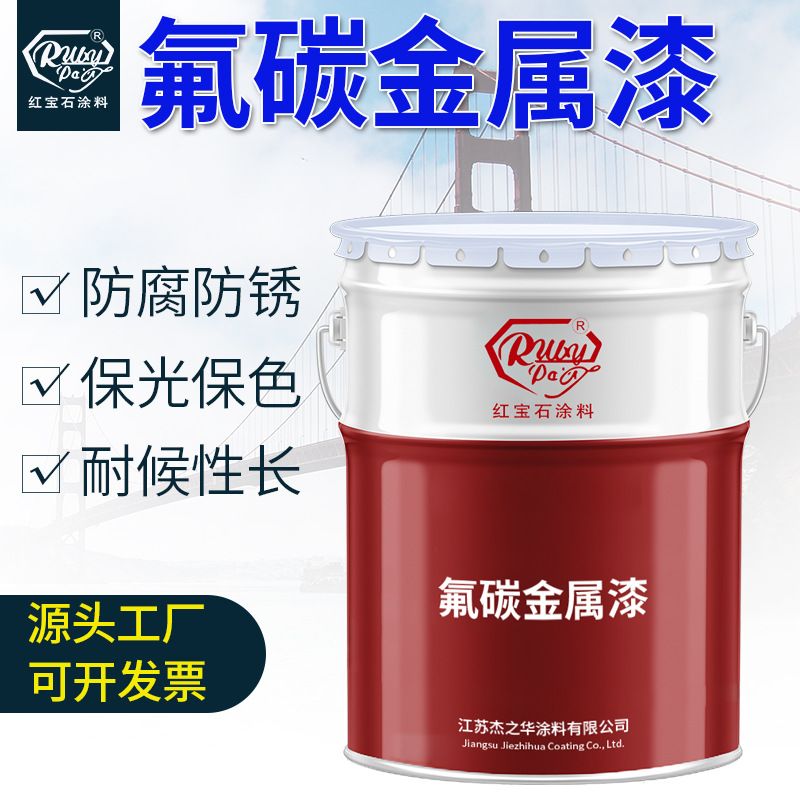Table of Contents
Techniques for Achieving a Smooth Finish when Spray Painting Stainless Steel
Spray painting stainless steel can be a challenging task, as the smooth surface of the metal can make it difficult for the paint to adhere properly. However, with the right techniques and preparation, you can achieve a smooth and professional finish that will last for years to come.
One of the most important steps in spray painting stainless steel is to properly clean and prepare the surface before applying any paint. Stainless steel is known for its resistance to corrosion and staining, but it can still accumulate dirt, grease, and other contaminants that can prevent the paint from adhering properly. To clean the surface, use a mild detergent or degreaser and a clean Cloth to remove any dirt or grease. Once the surface is clean, rinse it thoroughly with water and allow it to dry completely before proceeding.
After cleaning the surface, the next step is to Sand the stainless steel to create a rough surface that will help the paint adhere better. Use a fine-grit sandpaper or sanding block to lightly sand the surface in a circular motion, being careful not to apply too much pressure. This will create a slightly rough texture that will help the paint stick to the metal. Once you have finished sanding, wipe the surface clean with a tack cloth to remove any dust or debris.
Before applying any paint, it is important to prime the stainless steel to ensure proper adhesion and a smooth finish. Choose a high-quality metal primer that is specifically designed for stainless steel surfaces. Apply the primer in thin, even coats, allowing each coat to dry completely before applying the next. This will help seal the surface and create a smooth base for the paint to adhere to.
When it comes to choosing a paint for stainless steel, it is important to select a high-quality, durable paint that is designed for metal surfaces. Look for a paint that is specifically formulated for use on stainless steel and that offers good adhesion and durability. Spray Paints are a popular choice for painting stainless steel, as they provide a smooth and even finish without brush marks.
When applying the paint, be sure to do so in thin, even coats to avoid drips or runs. Hold the spray can about 6-8 inches away from the surface and move in a smooth, sweeping motion to ensure even coverage. Allow each coat to dry completely before applying the next, and be sure to follow the manufacturer’s instructions for drying times and recoat intervals.
After applying the final coat of paint, allow the surface to dry completely before handling or using the painted stainless steel. This will help prevent smudges or fingerprints from marring the finish. Once the paint is fully cured, you can enjoy your newly painted stainless steel surface for years to come.
In conclusion, spray painting stainless steel can be a challenging task, but with the right techniques and preparation, you can achieve a smooth and professional finish that will last for years. By properly cleaning and preparing the surface, sanding to create a rough texture, priming to ensure proper adhesion, and choosing a high-quality paint, you can achieve a smooth and durable finish that will enhance the appearance of your stainless steel surfaces. With proper care and maintenance, your painted stainless steel surfaces will continue to look great for years to come.
Tips for Properly Preparing Stainless Steel Surfaces for Spray Painting
Spray painting stainless steel can be a great way to give your surfaces a fresh new look. However, in order to achieve the best results, it is important to properly prepare the stainless steel surface before applying the paint. By following a few simple tips, you can ensure that your spray painting project goes smoothly and that the paint adheres properly to the stainless steel.
One of the most important steps in preparing stainless steel for spray painting is to thoroughly clean the surface. Any dirt, grease, or other contaminants on the surface can prevent the paint from adhering properly, leading to a less-than-perfect finish. To clean the stainless steel, use a mild detergent and water to remove any dirt or grease. You can also use a solvent such as acetone to remove any stubborn contaminants. Be sure to rinse the surface thoroughly with clean water and allow it to dry completely before proceeding.

Once the stainless steel surface is clean, the next step is to roughen the surface to promote adhesion. Stainless steel is a smooth, non-porous material, which can make it difficult for paint to adhere. To help the paint stick better, you can use a fine-grit sandpaper to lightly sand the surface. This will create a rougher texture that the paint can grip onto. Be sure to sand in the direction of the Grain of the stainless steel to avoid scratching the surface.
After sanding, it is important to remove any dust or debris from the surface before painting. You can use a tack cloth or a clean, lint-free cloth to wipe Down the surface and ensure that it is free of any particles that could affect the finish of the paint. It is also a good idea to mask off any areas that you do not want to paint, such as trim or Hardware, using painter’s tape or masking paper.
Before applying the paint, it is important to choose the right type of primer for stainless steel. A primer is a base coat that helps the paint adhere to the surface and provides additional protection. There are primers specifically designed for use on stainless steel, so be sure to choose one that is compatible with your paint. Apply the primer according to the manufacturer’s instructions, making sure to allow it to dry completely before applying the paint.
When it comes time to spray paint the stainless steel, be sure to use a high-quality spray paint that is designed for use on metal surfaces. Shake the can thoroughly before spraying and apply the paint in thin, even coats to avoid drips or runs. It is best to apply multiple thin coats rather than one thick coat to achieve a smooth, even finish. Allow each coat to dry completely before applying the next.
| No. | Product |
| 1 | Fluoracarbon primer paint |
In conclusion, properly preparing stainless steel surfaces for spray painting is essential to achieving a professional-looking finish. By cleaning, roughening, and priming the surface before painting, you can ensure that the paint adheres properly and lasts for years to come. With the right tools and techniques, you can transform your stainless steel surfaces with a fresh coat of paint.

